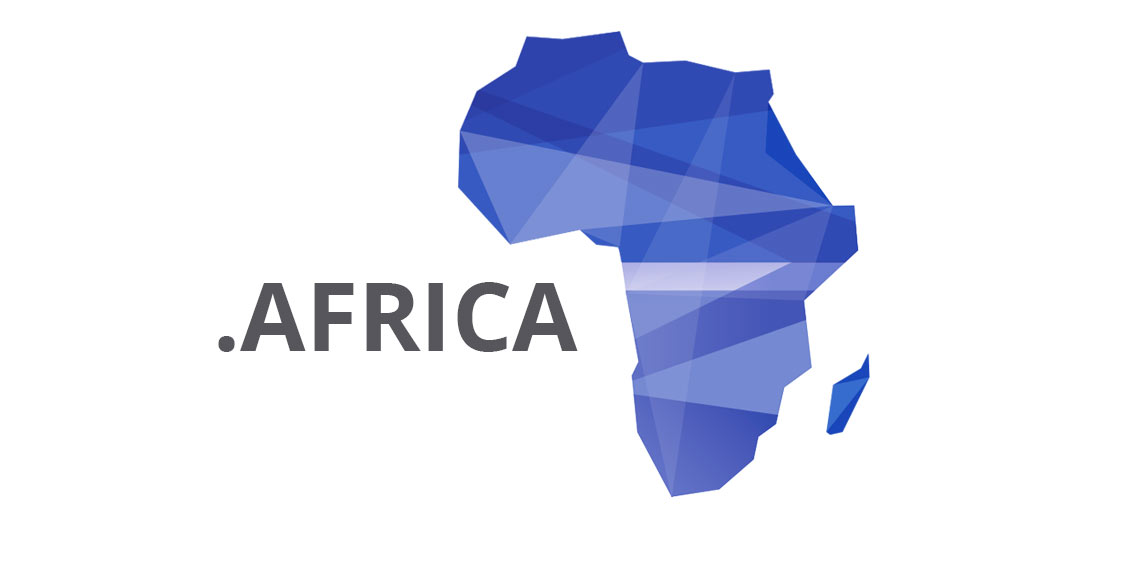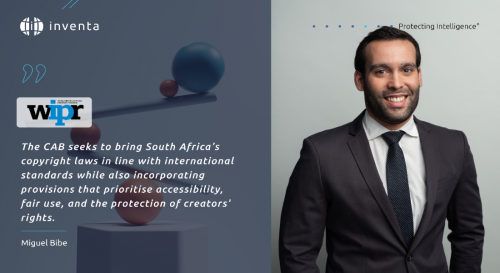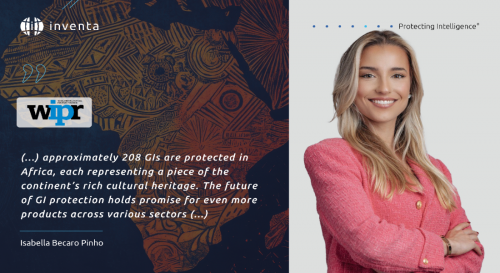
Why .AFRICA will succeed where others have failed
It is increasingly becoming clear that many of the newTLD’s launched since 2013 are not viable as a business. While there are some notable exceptions such as .xyz, most have struggled to report positive numbers and are currently operating at a loss. A staggering 70% of all these domains don’t have any content whatsoever, which helps to explain why renewal rates for these domains also seem to be lower than the industry average.
However, I am confident that .africa will succeed. Unlike others, it is an extension that caters to needs that are real (looking at you, .george). It is a joint project by the African Union Commission (AUC) and the South African registrar (ZACR), two prestigious regional organizations that have interests beyond short term profit, as well as the resources and know-how to run the operation.
And most of all, will not be directly competing with .com and .net like most are. Rather, .africa will be seen by many as an alternative to continent’s ccTLD’s (country top level domains). While some work well, others are too costly, experience occasional outages, have no actual dispute proceedings and cannot be purchased online. Plus, most African companies that have an internet presence often operate in multiple countries, which makes it a great value proposal.
By ticking all these boxes, .africa is poised to succeed when it launches to the general public next July.
How did we get to a situation where monopolies are failing?
By the mid 2000’s, it was clear that the available domain name space of the two ubiquitous generic domain extensions, .com and .net, was quickly becoming exhausted. The ease of registering these domain names combined with the exponential growth in internet usage meant that this problem had to be addressed sooner rather than later.
Furthermore, scarcity and deregulation leads to speculation. The draconian domain dispute regulations, which are largely still in force today, reduce the risks of entry for domain speculators (or investors, depending on the point of view). This group was taking an ever-greater chunk of the available names, despite holding no IP rights to them anywhere in the (real) world.
Introducing new TLDs to reduce scarcity was ICANN’s answer to this problem. This increased supply of alternatives would be more suited to the intended purpose of almost every specific domain. A coffee shop in New York City would potentially be able to choose between mybrand.com, mybrand.coffee and mybrand.nyc and not be locked out of a cost effective way to acquire a short and relevant domain name.
By 2013, the floodgates to a new gold rush were about to open. There were thousands of applications for new TLD’s. From how the approval process was handled, it became clear that as long as you complied with ICANN’s rules, and were willing to spend a hefty fee, you could now operate your own top level domain. Little to no limits were to be enforced when it came to the number of TLD’s being offered, the similarity between them, or which purpose they would serve.
Back then, experts from various fields alerted to the negative effects of the new policy. Prominent economists noted that excessive fragmentation of the market had the potential to wreak havoc on the industry by slicing the pie too thin. Intellectual property specialists insisted that there was not enough distinction among some of new extensions. Security professionals were worried about the introduction of new phishing threat vectors and the inability of some older computer systems to deal with the new IDN’s being introduced.
From the established brand owner perspective, it was a potential nightmare. They would have the choice to defensively register all these new domains, or invest in the Trademark Clearinghouse. Both these options had costs, and none was a failsafe way to ensure their rights were looked after.
Nonetheless, since 2013, over 1200 new TLD’s have been added to the root of the internet.
The challenges ahead
Released data shows that, after more than a year their General Availability (GA) date, most of the new TLD’s have yet to reach 10000 registered domains and are operating at a loss. The renewals rates are lower than the industry average. Additionally, over 70% of these properties are simply parked domains with no content whatsoever. It is still unclear how many of these are defensive registrations.
Despite this, we can be sure about one thing: new TLDs are here to stay. That does not mean that all of them will be profitable in their current business models. The industry trend is now to consolidate under less roofs to cut costs and achieve savings.
But the end of the line is looming ever closer for some. In these cases, a body called EBERO (Emergency Back End Registry Operator), part of ICANN, will step in and take charge of failing registries for a period of three years. After that, but they will probably shut down the routers.
The African connection
When it comes to Africa, on the user base side, the internet usage progress has been steady. More and more people and businesses in the region have been coming online. The price of internet connections, particularly mobile broadband, has been steadily declining. Many interesting things have been happening, as technology bridges the profitability gap that traditional services could not. For example, some african countries enjoy mobile banking rates that are on par with their western world counterparts. Advanced functionality, such as the ability to pay for utility bills, are available in many locations, both urban and rural.
Tech giants like Facebook and Google have recognized the opportunity to increase their user base, and have been supporting this push. Some argue that their reasons are business focused rather than altruistic, but the benefits for the users are there anyway.
This progress has mostly not been accompanied by the continent’s different domain extensions. Most country extensions in Africa are managed directly or indirectly by the the public sector and have little recognition. Out of the 54 nations that make up the continent, only a dozen or so seem to have a really solid infrastructure in place, along with a functional registration platform, let alone a market aware business plan and all the required policies required to have a healthy working TLD.
Based on our experience here at Inventa International, it is clear that african businesses that invest in an internet domain tend to be trans-national, usually doing business across borders with their neighbours. From travelers and friends, I also learned that embedded deep in all Africans there is a real sense of belonging to the continent, much more so than in other regions of the world.
The roll-out plan elaborated by the South African Registrar (ZACR) and the UAC has been well thought out. As an example, alongside the Trademark Clearinghouse (TMCH), .africa supports two additional programs to engage the community: the “dotAfrica Pioneer Programme”, designed to create a platform to bring together interested parties in order to create a platform to increase awareness, and the “Mark Validation System” (MVS), a cost effective alternative for rights holders to ensure their domains that will work after the sunrise period as a watch service.
There is a subcommittee of the “dotAfrica Steering Committee” dedicated to maintain the policies and ensure that they are updated according to future needs. The MVS system will also allow for simplified dispute proceedings. The fact that MVS will extend after launch as a watch service will undoubtedly improve the ease of dealing with infringement for rights holders. The process will be similar to the common UDRP, with three assigned panelists, but the fact that you do not have to prove bad faith without the means to do so will make it harder for cyber squatters and speculators to enter the realm.
This shows that .africa has a solid target, has done their homework, and has not jumped the bandwagon of the first new TLD’s that launched in 2013. Hopefully this positions it in a much better position to succeed. The fact that it fills a real need, together with the assurance that it will be well managed and adequately priced makes me confident about the .future of .africa.
Research shows that so far about 80% of African business have opted for .com and .net domains. The only way to relieve some of the speculative pressure in .com and .net is to develop enticing new extensions for a segment of internet users and businesses. This is exactly what .africa will do and some other of the other new TLD’s will never be able to achieve.
The sunrise period is ongoing and will be available until June 2nd. Between June 2nd and June 30th, registrations will be open through ICANN’s registrars and it will finally launch to the public on the 4th of July.
Currency Info
Final charges will be made in USD.
Currency conversion is for information purposes only and accuracy is not guaranteed. Overseas customers are encouraged to contact their bank or credit card provider for details on any additional fees these institutions may include for currency conversion.
- USD 312.389 NGN
Territory List
There are no results for your search.
- Africa
- Algeria
- Angola
- Benin
- Botswana
- Burkina Faso
- Burundi
- Cameroon
- Cape Verde
- Central African Republic
- Chad
- Comoros
- Congo (Republic)
- Côte d'Ivoire
- Democratic Republic of the Congo
- Djibouti
- Egypt
- Equatorial Guinea
- Eritrea
- Eswatini (Swaziland)
- Ethiopia
- Gabon
- Gambia
- Ghana
- Guinea
- Guinea-Bissau
- Kenya
- Lesotho
- Liberia
- Libya
- Madagascar
- Malawi
- Mali
- Mauritania
- Mauritius
- Mayotte
- Morocco
- Mozambique
- Namibia
- Niger
- Nigeria
- Réunion
- Rwanda
- Sao Tome and Principe
- Senegal
- Seychelles
- Sierra Leone
- Somalia
- South Africa
- South Sudan
- Sudan
- Tanzania (mainland)
- Togo
- Tunisia
- Uganda
- Western Sahara
- Zambia
- Zanzibar
- Zimbabwe
- Africa (OAPI)
- Africa (ARIPO)
- Other
- East Timor
- Macao
- Maldives
- Portugal
- European Patent (EPO)
- European Union Trademark (EUTM)
- International Trademark (Madrid System)
- Patent Cooperation Treaty (PCT)




